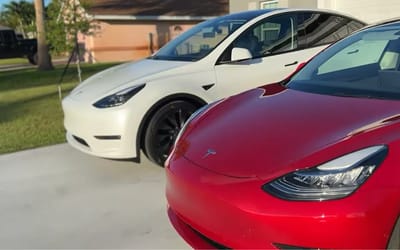Flying car that can fit in 2-car garage to debut in 2025
- Doroni Aerospace has announced customers could receive units of the H1-X flying car by as early as 2025
- The H1-X is the next generation of its H1 flying car, both being an all-electric vertical takeoff and landing (eVOTL) craft
- The H1-X has four ducted lift and propulsion fans, each powered by two counterrotating co-axial motors
Published on Mar 05, 2024 at 5:35 PM (UTC+4)
by Adam Gray
Last updated on Mar 06, 2024 at 6:31 PM (UTC+4)
Edited by
Amelia Jean Hershman-Jones
All the talk at the minute seems to be about flying cars.
If the truth be told, they’ve long been promised but are still to be delivered.
That could all be about to change, though, thanks to news about Doroni Aerospace’s H1-X flying car.
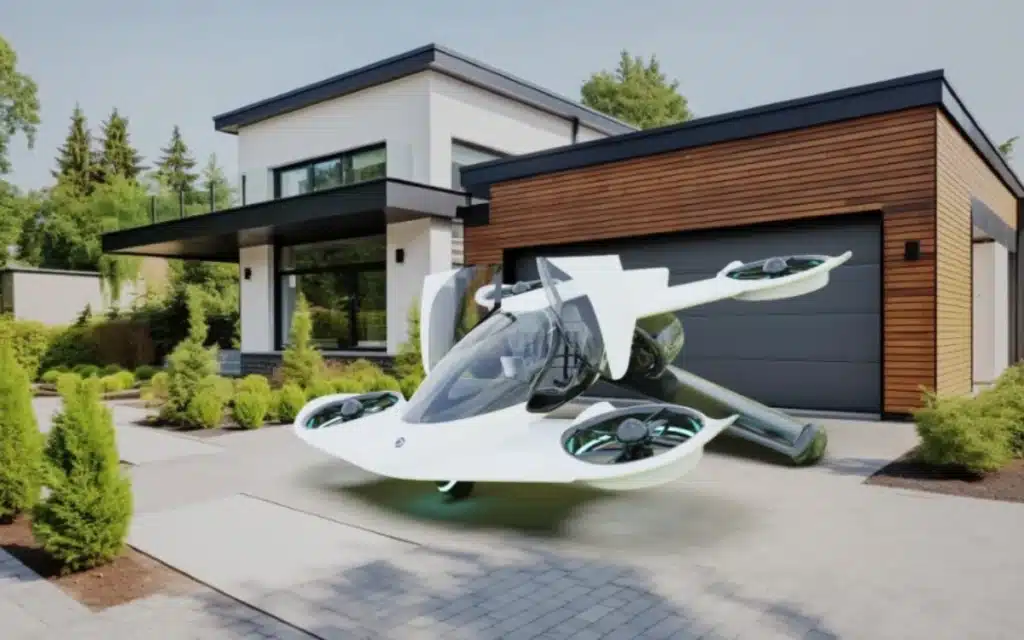
READ MORE! Flying car startup backed by SpaceX says preorders are reaching big numbers
The Miami-based company announced that customers could receive the first units of the H1-X as early as 2025 if everything goes according to plan.
Later this year, Doroni plans to test the H1-X and is confident it will received Federal Aviation Authority (FAA) certification by 2025.
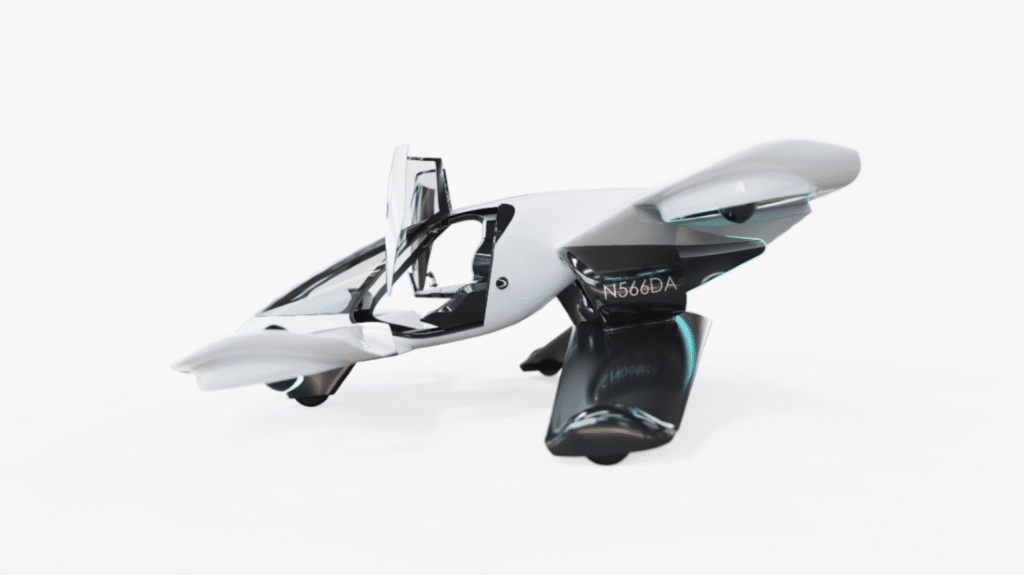
We’ve already seen the Xpeng X2, which recently made its first cross-river flight.
Then there’s the colossal 40-passenger flying taxi bus that would transport people 331 miles in one hour.
Meanwhile, the H1-X is the next generation of the company’s H1 flying car.
It’s got four ducted lift and propulsion fans, each powered by two counterrotating co-axial motors.
“We redesigned the entire airframe for improved aerodynamics,” CEO Doron Merdinger told Robb Report.
“We felt we had to come up with a design that maximized speed and range, while also fitting in a two-car garage,” he added.
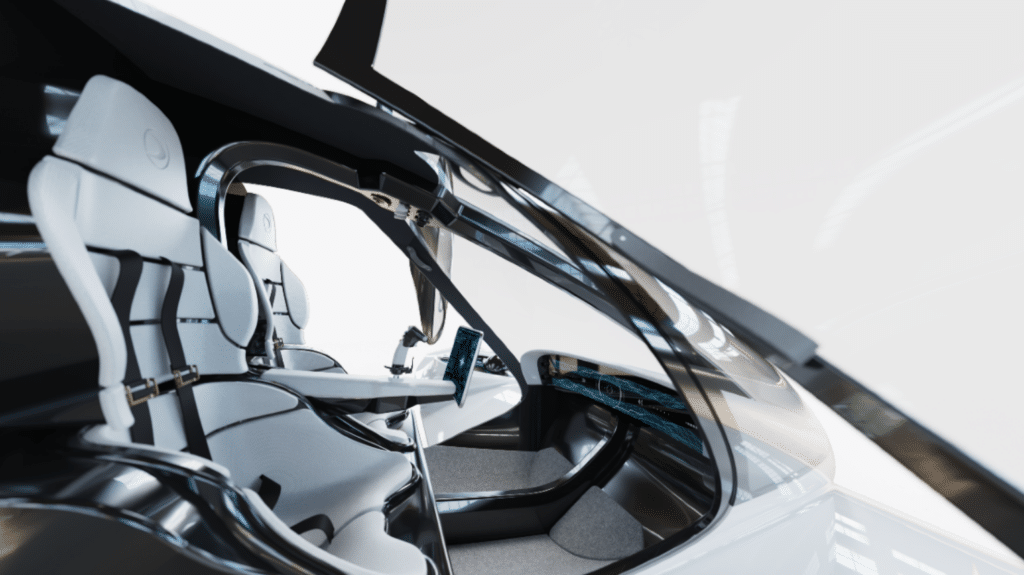
The H1-X flying car is intended to be an eVOTL that will replace cars and trains as a means of transportation for commuters.
It’ll be semi-autonomous and controlled by a joystick for easy flying.
It’ll also come equipped with anti-collision sensors, a barometer, LIDAR, and optic-flow camera to ensure situational awareness and safety.
What’s more, the H1-X has multiple fans to increase redundancy in case of a system failure, and a ballistic parachute for total failure scenarios.
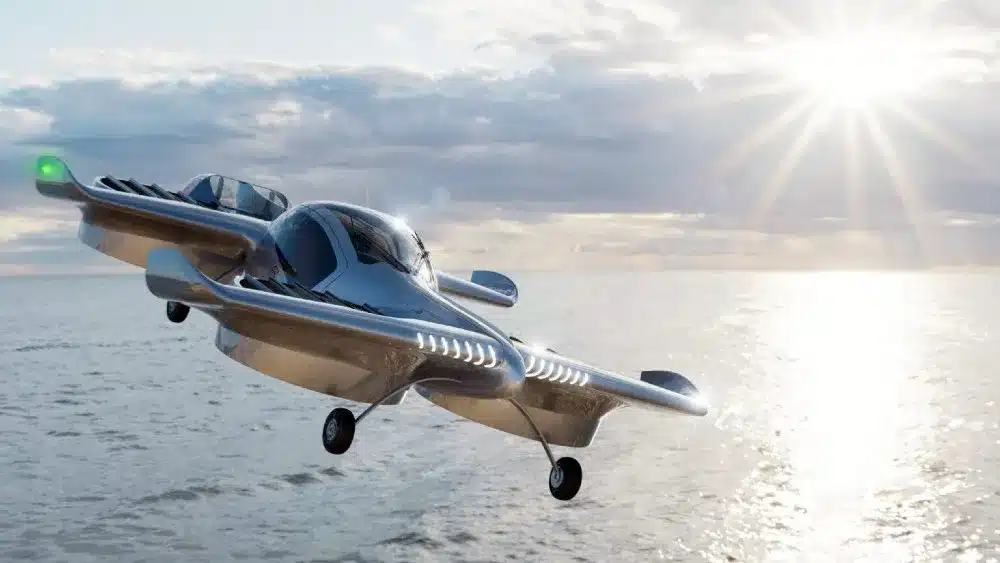
Contsructed using carbon-fiber materials, the H1-X will have a top speed of 120 mph (193 km/h), a range of 60 miles (97 kilometers), and a 40-minute flight duration.
Doroni is seeking FAA certification for the H1-X electric “air taxi” as an ultralight aircraft, enabling it to fly in urban areas.
The problem is that the certification process for eVOTLs is still under development.
That being said, Doroni and several other air taxi manufacturers are collaborating with the FAA to establish certification standards.
Doroni’s H1-X will be priced between $300,000 and $400,000, with the company claiming to have received 450 preorders already.
DISCOVER SBX CARS: The global premium car auction platform powered by Supercar Blondie

Adam Gray is an experienced freelance motoring journalist and content creator based in the United Kingdom. Using his media accreditation with manufacturers’ press offices, Adam test drives the latest cars and attends new vehicle press launches, producing written reviews and news pieces for a variety of lifestyle and business publications. Here at Supercar Blondie, Adam applies his journalistic skills penning social-first content around current news and trends. When he’s not behind the wheel of the latest car or writing up another viral story, Adam can be found at his local rink playing ice hockey or at the Riverside Stadium supporting his beloved Middlesbrough FC.




